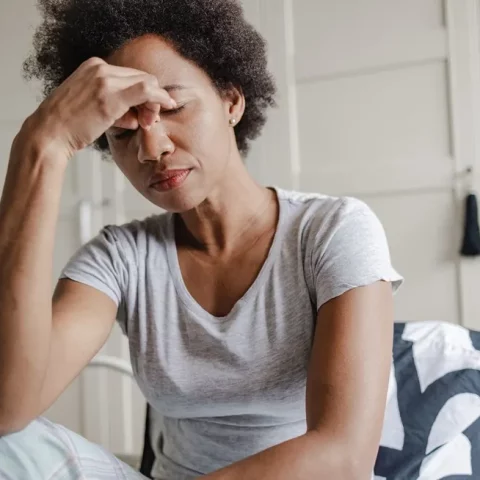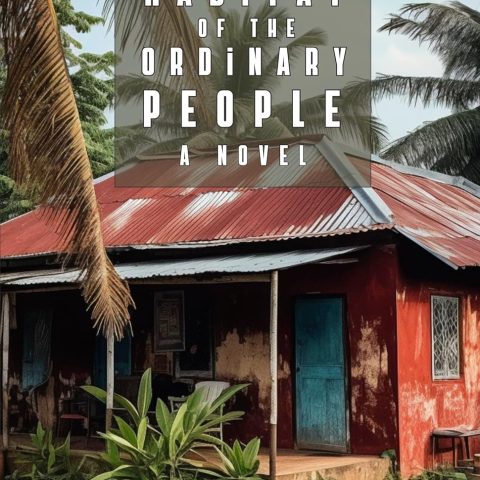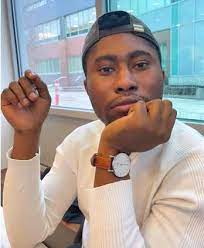NO HEIR JORDAN!
By David Leonard | With thanks to NewBlackMan
Friday, December 2, 2011.
The NBA lockout is over. With the players and the owners having reached an agreement, basketball will return beginning Christmas Day. Ushering in substantial structural changes to the league, which will likely restrict player movement and constrain middle-class player salaries, the NBA lockout will also go down in history as an end to the search for the next Michael Jordan. Since MJ’s retirement, the league, its marketing partners, and fans alike have pinned for someone to fill his AIR Jordans. Each anointed as the next Michael Jordan, Penny Hardaway, Grant Hill, Vince Carter and Harold Miner (“Baby Jordan”) all failed to deliver because of injuries, limited production, or a combination of both. Each in their own right was imagined as a player who could fill the shoes, whose talents, charisma, and athleticism would propel the NBA during its post-Jordan era. None of them met these expectations resulting in an NBA in continued search for a twenty-first century basketball God.
Kobe Bryant and LeBron James each took the mantle of the next Jordan to places none of the other NMJ (next Michael Jordan) had reached. Kobe, because of his talents, the ways in which he patterned his game and demeanor after Jordan, his quest for rings, and most importantly his competitiveness, all elevated the comparisons, leading many to argue that he was the NMJ. Yet because of Eagle County, Colorado, because of his conflicts with Shaquille O’Neal and the ultimate demise of the Lakers Dynasty, and because he is said to have demanded to get out of Los Angeles, Kobe has fallen short in other’s quest to find the next Michael Jordan. Like Kobe, LeBron James has delivered on the court, dazzling fans with his passing skills, his athleticism, and his ability to make his teammates better. Worse than struggling to secure a title, LeBron James fall short in the MJ sweepstakes when he decided to take his talents to South Beach.
While possessing the skills, charisma, and baller potential, the two most promising players to lead the NBA, to build upon the global popularity established by Jordan, have fallen short not because of their basketball talents but their inability (or our inability) to fill mythical shoes. The quest to find the Next Michael Jordan, thus, has nothing to do with basketball but rather is part of an effort to find a player who reinforces popular narratives about the American Dream, the protestant work ethnic, and post-racialness.
Jordan, only seen in public in his basketball uniform or a $3,000-dollar suit, Jordan embodied the politics of racial respectability on and off the court. He “allow[ed] us to believe what we wish to believe: that in this country, have-nots can still become haves; that the American dream is still working” (Ken Naughton quoted in Andrews 2000, p. 175). David Falk, Jordan’s agent, celebrated the dialectics between his dominance in the marketplace, his worldwide popularity, and racial identity in illustrative ways:
When players of color become stars they are no longer perceived as being of color. The color sort of vanishes. I don’t think people look at Michael Jordan anymore and say he’s a black superstar. They say he’s a superstar. They totally accepted him into the mainstream. Before he got there he might have been African American, but once he arrived, he had such a high level of acceptance that I think that description goes away (Quoted in Rhoden, 2006, p. 204).
Amid the 1980s and 1990s, amid Reagan’s dismantling of America’s safety net and his elevation of the War on Drugs, Jordan provided more than a wicked jump shot, playing a lead role in the Republican Revolution. He was “cast as a spectacular talent, midsized, well-spoken, attractive, accessible, old-time values, wholesome, clean, natural, not too goody-two shoes, without a bit of deviltry in him” (Falk quoted in Andrews 2001, p. 125). Imagined as emblematic of the power and importance of “personal drive, responsibility, integrity, and success,” as opposed to “the stereotypical representations of deviant, promiscuous, and irresponsible black males,” Jordan’s racially transcendent, colorblind-driven, raceless image was always tied to racial language. He represented the possibility of acceptance by whites (racial transcendence), which meant he was able to “transcend his own race” (Rhoden 2006, p. 204), or better said, constraints of the “facts of blackness.”
The longstanding struggle for the next Jordan has been a journey in search of the next the “Africanized Horatio Alger” (Patton quoted in McDonald, 2001, p. 157) to lead the NBA. The search has failed in part because of the inability of the next generation of players to fulfill the imagined narrative and qualities associated with Jordan. Michael Jordan was the leader of an “army of athletes who possess the (new) right stuff with modest beginnings, skill, and personal determination” (McDonald 2001, p.157). In the dominant imagination, these recent players lack “the right stuff,” leading to a paradigm shift facilitated by the 2011 lockout.
The recent celebration of Kevin Durant illustrates how the search for America’s next Michael Jordan has little to do with basketball and is all about the narrative, the ideology, and the overall mythical representation embodied by Jordan. David Heeb, in “NBA Lockout 2011: Searching for the Next Michael Jordan,” encapsulates the narrative and ideological elements central to the proverbial MJ Search:
So after all these years, we are still looking for “The Next Jordan.” Will we ever see another player that great? Maybe not, but the first thing we have to understand is, when looking for “The Next Jordan,” we have to stop looking for guys that look like Jordan. Instead, we have to look at what made Jordan tick. What made him burn to be great? We all know the story of how he was cut from his high school basketball team, and how he couldn’t beat his older brother Larry in the backyard one-one games they would play. We all heard the Hall of Fame speech, where Jordan recalled how he remembered even the slightest challenges to his greatness. Michael Jordan was the kind of guy that got out of bed every morning looking for a challenge. He looked for hurdles to jump over. He searched for mountains to climb. If there were no worthy opponents, he just invented insults, so he could say he had to prove himself all over again . . . . That doesn’t change the fact that Kevin Durant might be “Next.” Jordan had a “love of the game” clause in his contract, permitting him to play pickup basketball whenever he wanted to. Durant, like Jordan, loves the game. He will play anytime, anyplace, and against anybody. We have seen him this summer playing pickup basketball all across the country.
Despite the purported potential of Durant to be the heir to Jordan, the NBA has transcended the struggle for the NMJ.
The NBA lockout, with its efforts to systematically change the system, will end the quest for the next Michael Jordan. In an attempt to remake the league in the fashion of the NFL (despite the significant differences between the leagues), the NBA has traded in the marketed superstar for greater parity and emphasis on team rivalries. The greatness of Jordan (and Magic, Bird, Kobe, Tim Duncan, and even Dr. J) came not just from their individual greatness but because they were all part of dynasties. At a basketball level, the ability of teams to bring together the level of talent that surrounded these great players will nullified by the future collective bargaining agreement.
The systemic changes resulting from the 2011 lockout will not only curtail the ascendance of superstars who build their legacies through dynasties but reflects the league’s abandonment of a star driven league. The inability of LeBron, Kobe and Carmelo to attract Jordan level fan support prompted such a change. The fears that Durant, Dwight Howard, Chris Paul, Blake Griffin, and Derrick Rose might follow in their footsteps guided the lockout. In the end, the presumed failures of the players to deliver off the court contributed to this shift. The low q-ratings of these players, and claims about player betrayals of fans mandated a system change that has traded a league organized around superstars to one more focused on parity and competitiveness.
With these changes, the league no longer needs another MJ; better said, the league seems to have decided that it could no longer wait for a player who could dominate on the court and appeal to the masses of the court. More importantly, given the ideological shifts that have led to increasingly visible racism and the complete destruction of the public safety net, society at large no longer needs a Michael Jordan to justify the abandonment of the 99% – that, like the search for the next MJ, is a wrap.
***
David J. Leonard is Associate Professor in the Department of Critical Culture, Gender and Race Studies at Washington State University, Pullman. He has written on sport, video games, film, and social movements, appearing in both popular and academic mediums. His work explores the political economy of popular culture, examining the interplay between racism, state violence, and popular representations through contextual, textual, and sub-textual analysis. He is the author of Screens Fade to Black: Contemporary African American Cinema and the forthcoming After Artest: Race and the War on Hoop (SUNY Press). Leonard is a regular contributor to NewBlackMan and blogs @ No Tsuris.
�
Send to a friend | �
View/Hide Comments (0) | �





